It is quite a common confusion among most of the baking beginners when it comes to choosing the right appliances according to their kitchen and their lifestyle necessities.
Managing the right temperature, time of cooking and use of a right appliance accordingly could help you achieve those baking goals which we drool over through our insta-feeds.
Also knowing the contrast between the two is crucial while deciding which one to buy. Both of the parallel appliances run on electricity to perform dry cooking techniques such as baking, roasting, grilling, etc.
Although resembling in their basic functionality and appearance, these two parallel appliances do have some key features that set them apart from each other.
If the “uncanny resemblance” of the device duo is puzzling for you, we are here to help you through it.
Here are a few questions you should ask yourself before jumping into a conclusion.
What kind of dishes do you want to prepare? How much are you willing to invest in a new baking appliance? And most importantly, are you a dedicated home cook or an easy-going one?
Well, here we’re going to consider these parameters to differentiate the two.
*At the end of this section, there is a comparison chart to help you decide better.
MICROWAVE CONVECTION OVEN:
A microwave oven can be your best friend if you are a new home cook or if you are learning to bake for the first time.
Able to cook a wide variety of dishes, a microwave oven can save you a lot of cooking time during rush hours or those lazy Sundays when you want to cook something delicious putting the least effort possible. And it is also a preferred choice for healthy eating practice.
Working of a Microwave Oven:
As the name suggests, a microwave convection oven emits electromagnetic radiations from microwave frequency range called “microwaves” that immobilises and heats the H2O molecules in the food. Heat energy from these waves transfers into the whole mass of the food cooking it inside out simultaneously.
Some of the first produced microwave ovens were qualified up to just reheating the food but with new innovations year after year, Ovens these days can prepare a wide variety of dishes demanding different cooking techniques. Especially Baking.
There are subdivisions in the type of microwave ovens. Three of the most commercially available ones are:Here we are discussing only a microwave convection oven.
Let's discuss the pros:But this time-efficient option comes with some flaws:
Professional cooks avoid using such ovens while preparing gourmet cuisines. Alas! top culinarians can’t even bear the sight of it near their kitchens.
*Remember Gordon Ramsay throwing one out of the window?!
But a person using a microwave oven can not be labelled as an unprofessional or unskilled. Our fast-paced life necessitates us being thrifty with time, even at trivial chores. And If an appliance can help you with that, Go for it without any guilt.
Nevertheless, If space and budget are not an issue for you, opt for the microwave convection oven as your kitchen companion for an absolute hassle-free cooking experience.
With some microwave handy tricks and techniques, you can achieve traditional oven-like results, spending less time and effort.
OTG- OVEN TOASTER GRILLER:
It is the electric version of a masonry oven or a brick oven. This portable kitchen appliance is apt for conventional baking, grilling and toasting.
So you don't have to compromise with the taste and texture of your prepared dishes.
Working of an OTG:
An OTG consists of two nickel or chromium coils, one at the top and at the bottom. It makes use of electricity to heat those coils. The top coil can be heated for grilling purposes and the bottom one for baking cakes and cookies. These coils are controlled through different modes from the 'function selector' key.
Each of these modes are suitable for unique cooking requirements for different types of recipes. Bigger OTGs comes with a fan which can be turned on through these modes.
The Timer Bypass feature of an OTG keeps the oven switched on till turned off manually.
Let’s discuss the pros:
Now let us discuss some cons of an OTG:
The tricky controls are not an issue as they can be mastered over time and continuous use but the biggest setback here is the amount of time it takes for cooking.
OTG is best for people who are willing to devote enough time on cooking like professional chefs and skilled home-cooks.
Let us draw a conclusion after a quick look over the comparison chart:SPECIFICATIONS | OTG | MICROWAVE OVEN |
|---|---|---|
COST | Low | High |
CAPACITY | High | Low |
EASE OF USAGE | Tricky to use | Easy to use |
EASE OF INSTALLATION IN KITCHEN | Comparatively more than a convection oven | Needs more space |
TIME EFFICIENCY | Low | High |
PORTABILITY | Very portable | No portability |
ENERGY EFFICIENCY | Low | High |
ABILITY TO PERFORM DIFFERENT COOKING TECHNIQUES | More | Limited to baking toasting and grilling. |
CONCLUSION:
After this discussion, one thing is sure that both of the devices may seem similar but maintain their individuality. Your lifestyle and your enthusiasm for cooking are decisive factors to differentiate the two.
If you don't want to devote much time on cooking and are looking for an easier and faster alternative, go for a microwave convection oven.
On the other hand, if you are a dedicated home cook and are looking for authenticity in terms of taste and texture, look no further and pick up an OTG.
Hope this section was helpful.
We would love to hear from you in the comment section below.
